The first American missionaries arrived in Hawaii around 1820. They sent letters to the United States. The Hawaiian government created its first post office in 1849, and printed its first stamps two years later. Given their use, the stamps were called “Hawaiian Missionaries”. They had a face value of 2 cents, 5 cents and 13 cents. The stamps we discuss below are extremely rare.
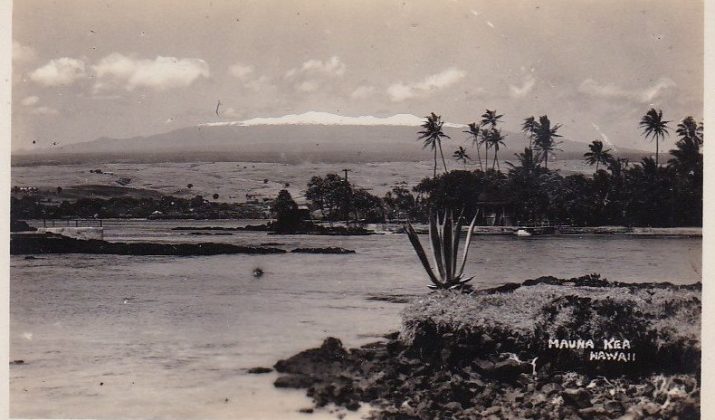
Extremely rare stamps
A stamp for the United States cost 13 cents. The first print run was very small. New 13-cent stamps bearing the inscription “H..I.&US Postage” were issued starting in 1852.
There are apparently only 15 examples of the 2-cent stamp in the world (at least officially recognized as such, as you’ll see later). The paper used was very thin and the known examples are often damaged or repaired.
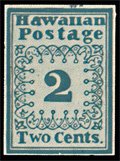 A life for a stamp
A life for a stamp
This stamp was at the heart of a current event in France at the end of the 19th century. Gaston Leroux, namesake of the writer, lived in a very nice apartment in Paris at that time. He was a collector and had one of the famous 2-cent “Hawaiian Missionary” stamps in his collection. He was discovered dead in his apartment in 1892.
The affair was complex. The police didn’t immediately conclude that a robbery had occurred because nothing was apparently missing from Gaston Leroux’s home. The crime would have been perfect if a stamp-collecting policeman hadn’t noticed that the famous 2-cent “Hawaiian Missionary” stamp was missing from the victim’s collection.
He decided to follow this lead and get to know the victim’s stamp collecting circle. One of his friends was Hector Giroux. Under cover of their shared passion, Giroux eventually revealed the showpiece of his collection: the famous 2-cent stamp from Hawaii. Giroux was arrested and questioned and eventually confessed. He had killed Gaston Leroux in a moment of anger and envy to obtain the stamp its owner refused to sell to him. Hector Giroux was executed for the murder.
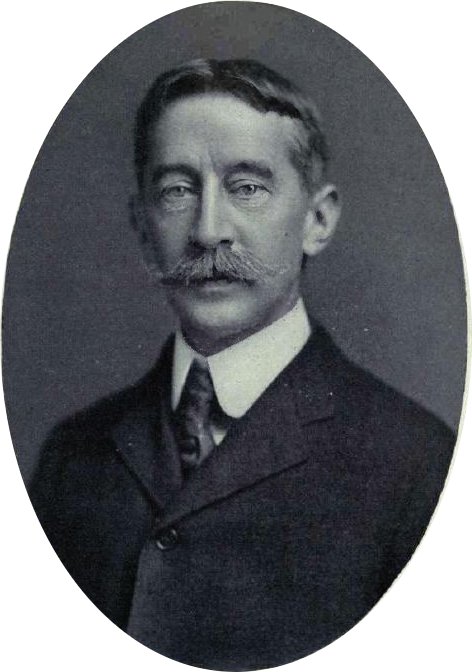 Perjury for stamps
Perjury for stamps
We couldn’t talk about these stamps without mentioning a very controversial lot. The “Grinnells” have made headlines since 1922.
In 1918, George Grinnell, an American collector, claimed to have acquired several dozen Hawaiian stamps from Charles Shattuck. He sold 43 stamps which were acquired by John Klemann. The latter in turn sold some of them to Alfred Caspary who already had several. Caspary compared the stamps and realized that there were significant differences between them.
According to him, there were typographical differences between the stamps and the ink used contained aniline. This substance was invented after the issue of the stamps. Believing them to be fakes, he got his money back from Klemann who initiated a suit against Grinnell.
The court case began in 1922. The first important piece of evidence in the case was that the stamps were allegedly created using the photogravure technique, that is, the postmarks were all applied at the same time. More incriminating evidence was then revealed: Charles Shattuck’s widow and daughter claimed that he had never given the stamps to Grinnell. Based on these arguments, the judge decided in favor of Klemann: the stamps were fakes.
The story could have ended there, but Grinnell and his heirs needed to salvage his honor. In 1923, shortly after the end of the trial, Grinnell learned from Edward Shattuck that his family had lied following an agreement with Klemann. However, the judge refused to review his decision.
In their report “The Case for the Grinnell Missionary Stamps”, written in 2006, Vince and Carol Arrigo, George Grinnell’s grandchildren, presented their theory about the controversial stamps.
The family’s arguments
The stamps apparently came from correspondence between Hannah Shattuck, Charles’ mother and her friend Ursula Emerson, who went to Hawaii with her husband John to live. This theory is plausible. The women were both from the town of Nelson, which had only 700 inhabitants. They very likely knew each other. However, Charles Shattuck only kept the stamps and not the letters.
William Emerson, Ursula’s son, worked for a friend of the family, the printer Henry Whitney, who is the acknowledged printer of the famous stamps. The theory holds water, but doesn’t explain the typographical errors and the substance in the ink, which couldn’t be there.
Carol and Vince Arrigo have answer for that too:
With respect to the typographical errors, they first note that it was 1851 and stamp printing in Hawaii was taking its first baby steps. They add that there were obviously several print runs of the stamps because, according to their calculations, it wouldn’t have been possible for the first one to produce enough stamps to send all of the missionaries’ letters. They go to great lengths to explain the calculation in their report, based on logical explanations.
In addition, we know that William Emerson returned to his parents’ house for several months to recover from an illness. It’s possible that Whitney may have left him the equipment needed to postmark his correspondence himself. Note that the two knew each other well and that Whitney was a family friend.
With respect to the paper, modern techniques have proven the Grinnell family right: it would now appear that the composition of the paper and the ink used for the stamps did, in fact, exist at the time.
A revolution in high-level stamp collecting?
The Grinnell grandchildren admittedly wrote their report with a bias. However, their explanations are troubling and open the door to the possibility that the stamps may in fact be authentic!
An envelop with a 13-cent “Hawaiian Missionary” stamp was sold for €125,000 in June 2015. Recognition of the authenticity of the Grinnell stamps would be a real revolution.

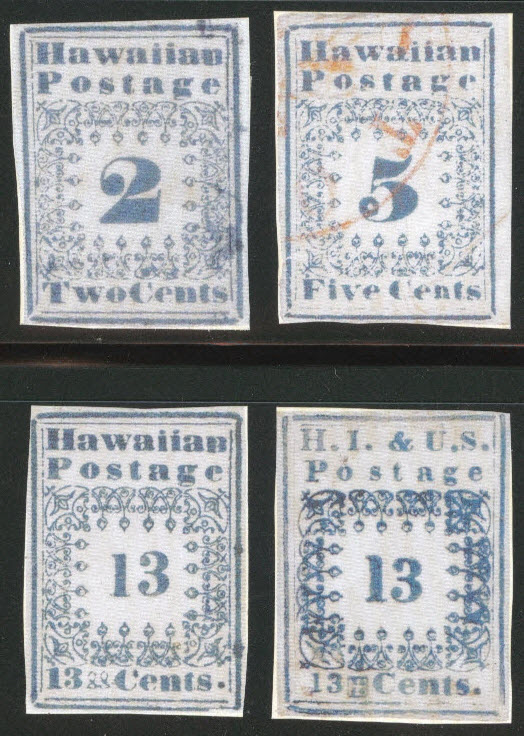


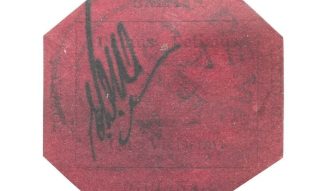
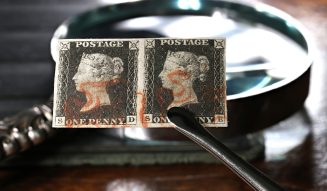
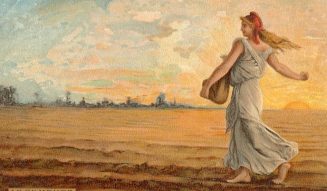
VERY INTERESTING
As always, the articles are quite diverse but oh so interesting, thank you.
Hello I have 2 cent–5 cent and 13 cent–for sale I send foto clear
Hello,
You ca sell it on http://www.delcampe.net but first of all, go to an expert to ensure they are right. With a certificate of authenticity you will receive a very high price.
Best regards
Héloïse
XVII century was Nicholas Jarry [fr].